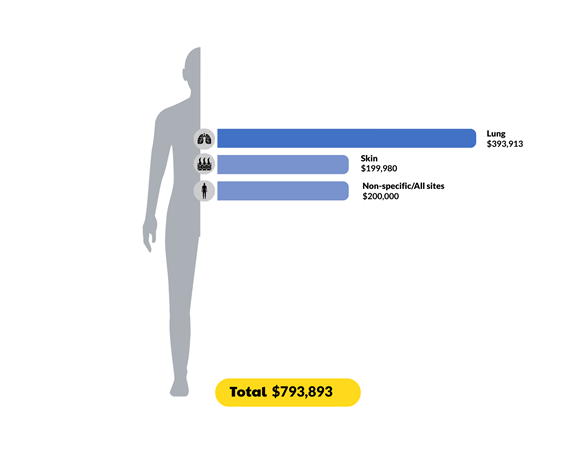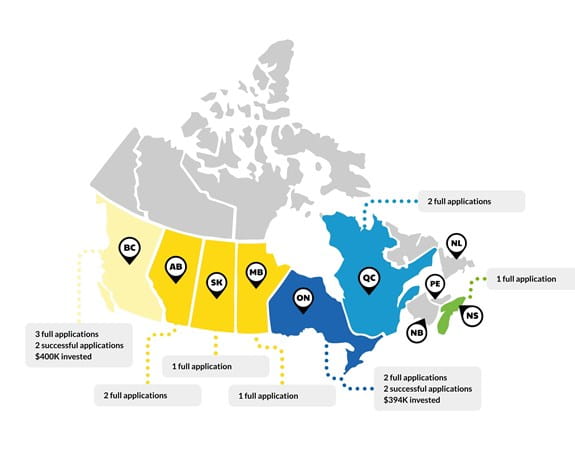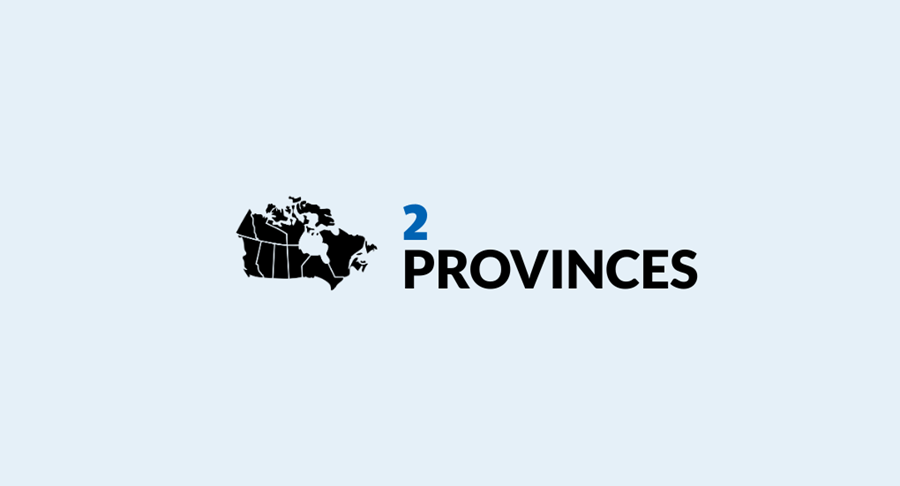Funding announcement
Results of the 2025 Workplace Cancer Research Grants Competition
Investment by research goal
Figures below are representative of dollar value of investment
Investment by cancer site

Results by research area
Results by province

Results by gender identity
Results by career stage
Projects relevants to underserved populations
Count is inclusive of grants that specifically work with underserved population(s) only. More than one underserved population can apply for any individual application. The 'Other' category includes but is not limited to individuals in the workplace exposed to carcinogens.
Learn more
Learn more about Workplace Cancer Grants and the four CCS-supported teams that are shedding light on workplace cancer risk, prevention and treatment to help save and improve lives.
 New Canadian Cancer Society-funded research drives progress on work-related cancers
New Canadian Cancer Society-funded research drives progress on work-related cancers



